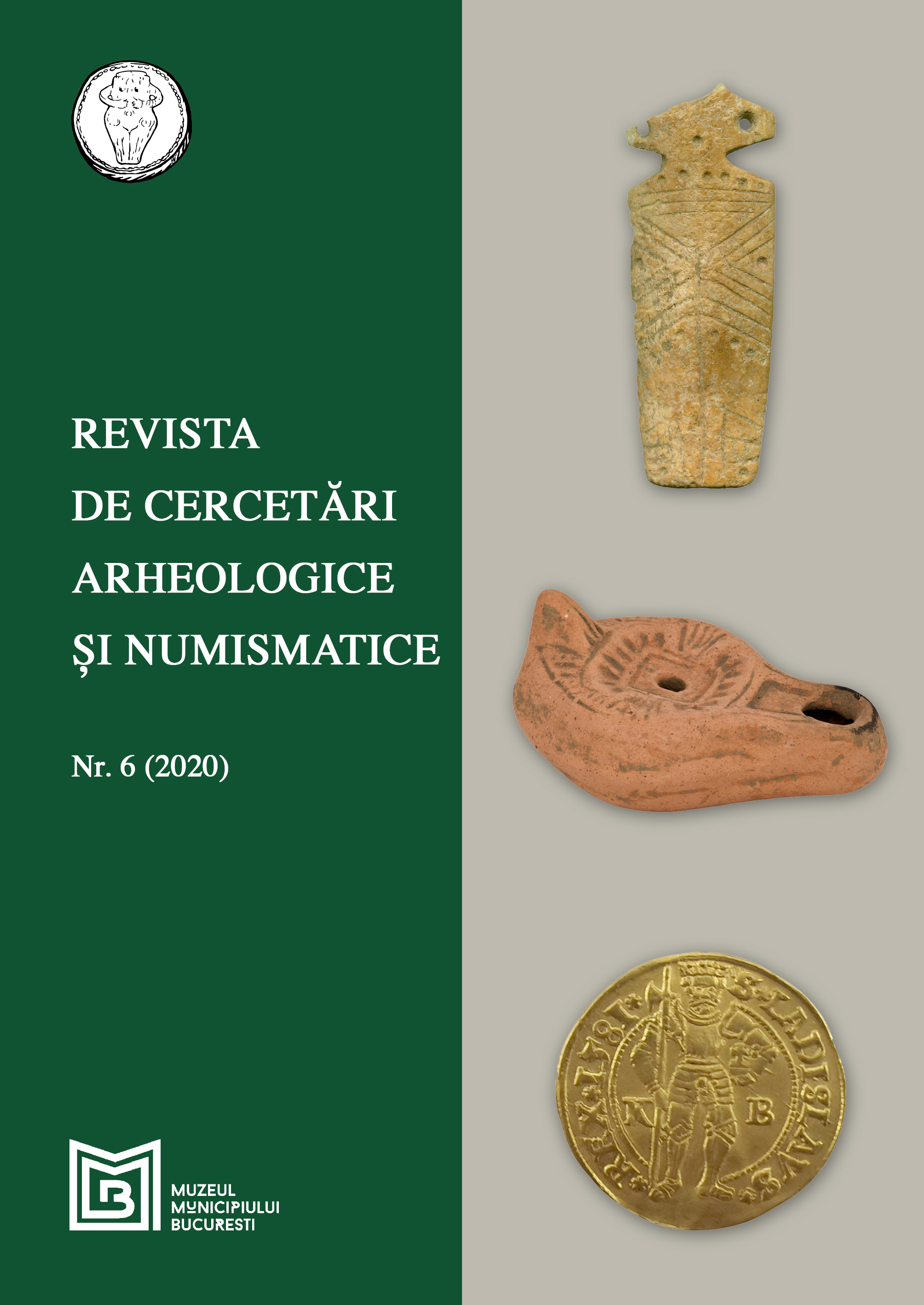DATE NOI DESPRE EMISIUNILE DIVIZIONARE MOLDOVENEȘTI BĂTUTE DE PETRU I (CCA 1375-1391/1392)
NEW DATA IN THE DIVIZIONARY MOLDOVAN ISSUES MINTED BY PETER I 9 (CA. 1375-1391/1392)
Author(s): Lilia V. DergaciovaSubject(s): History, Diplomatic history, Economic history, Local History / Microhistory, Political history, Middle Ages
Published by: Editura Muzeului Municipiului Bucuresti
Keywords: The Principality of Moldova;Duchy of Podolia;Kingdom of Hungary;Peter I;Louis I Anjou;The Moldovan Monetary System; Half groats
Summary/Abstract: The article at hand discusses the Moldovan divisional coins of Peter I. Recently, two new pieces from Ukrainian private collections were identified (nos. 1-2). They complete the list of already published coins. Among them there is an item from a private collection in Bucovina (no. 4); two pieces from Buruienești coin hoard (nos. 5-6) and one more coin from the so-called “Moscow fund”, kept in the old collections of the Numismatic Department, The Library of the Romanian Academy (no. 3). Data on six coins allow us to propose some typological criteria, which are closely related to the typology of the Groats, the basic currency of the Moldovan monetary system (see plate I). According to them, for obvers there are known two types (I and III) with two subtypes (B and F), for reverse – three subtypes of two major types (Ba of the type I, Bb, and Ea of the type II). Coins were struck with six pairs of dies, without any connection between them. The iconographic analysis of the coins, expressed in plate II, shows the chronology of the monetary issues. According to it, the earliest obverses are those with seven Fleur-de-lis of IB type (no. 1-5), the latest one – with five Fleur-de-lis of IIIF type (no. 6). According to the metrological data, the average weight of the coins is 0.28 grams with an average diameter of 12.5 mm. This average weight represents about one-third part of the Groats' weight. These data support the idea that divisional items were minted following a certain metrological standard. At the moment, it’s hard to identify the standard set by the state, due to the incomplete data we have at hand. The equivalent of coins of this kind can be found in the Polish-Hungarian monetary system under the reign of Louis I between 1370 and 1382. To solve the problem in dating our coins two important marks can be taken into consideration: the lower chronological limit, related to the creation of the Moldovan monetary system in the period 1379-1382, and the upper one, set by the date of hiding of the Buruienești hoard, placed around 1385/1386. In our opinion, the introduction of divisional specimen took place before 1382, during the period when the Principality was still under the strong influence of the Polish-Hungarian union of Louis I.Minting of Moldovan coins – groats and half groats, of the same type and same iconographic execution, could have lasted for a period of several years. This allows us to consider that the minting of the divisional coins continued in the first year or even the first years of Maria Anjou’s reign. At the current stage of research, we opt for a longer dating period, which can be set around 1382, respectively with one-two years before and after this date.
Journal: Revista de Cercetari Arheologice si Numismatice
- Issue Year: 2020
- Issue No: 6
- Page Range: 389-406
- Page Count: 18
- Language: Romanian

